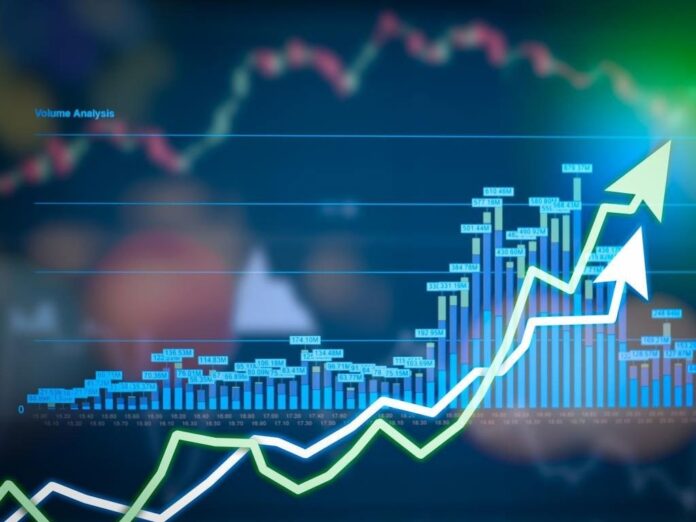Pakistan is poised to present its annual budget on Wednesday, attempting to balance the needs of its 240 million citizens with the fiscal demands of the International Monetary Fund (IMF). As the country aims to increase its GDP growth rate to over 3.5 percent, up from the previous fiscal year’s 2.38 percent, there are tentative signs of economic recovery following a prolonged slump exacerbated by political instability.
Signs of Economic Revival
Recent figures from Pakistan’s central bank and international bodies such as the IMF offer a cautiously optimistic view. The inflation rate, which peaked at 38 percent in May 2023, has significantly decreased to 11.8 percent over the past year. The cost of staple goods like wheat has dropped, with a kilogram now priced at 102 rupees ($0.37) compared to 130 rupees ($0.47) last year. Fuel prices have also declined, from 288 rupees ($1.03) per liter in May 2023 to 268 rupees ($0.96) currently. Foreign exchange reserves, which had dwindled to $2.9 billion in February 2023, now exceed $9 billion, aligning with the six-year average. The Pakistani rupee, which lost more than 60 percent of its value against the U.S. dollar over two years, has stabilized at around 280 rupees per dollar. Additionally, the stock market has shown a bullish trend, reaching its highest level of 75,000 points last month. The IMF, which concluded a $3 billion Stand-By Agreement with Pakistan in May, acknowledged improvements in the country’s macroeconomic conditions, citing moderate growth and easing external pressures.
Caution Amid Optimism
Despite these positive indicators, economists urge caution. The improvements largely stem from restrictive policies, such as limits on imports, which may not be sustainable long-term. High electricity prices remain a significant burden. Safiya Aftab, an economist based in Islamabad, notes, “There is stabilization but no substantial growth. Employment is not increasing, and bills are becoming unaffordable.” Similarly, Karachi-based economist Ammar Habib Khan is cautiously optimistic, suggesting that continued reforms could lead to further stabilization and job creation.
Impact on the Public
Sajid Amin Javed from the Sustainable Development Policy Institute (SDPI) in Islamabad warns that the current stabilization is “ad-hoc” and has previously proven difficult to maintain. He emphasizes that IMF-led stabilization efforts, including import limits and increased energy prices, have slowed economic activity and burdened the public. The upcoming budget is expected to introduce further taxes and remove subsidies, such as those on fertilizers, potentially leading to another wave of inflation. “People continue to suffer from higher energy costs, housing rents, and increased prices of goods,” Javed warns. Hina Shaikh from the International Growth Centre highlights the vulnerability of the stabilization to global oil price volatility and the sensitive exchange rate, which could increase the cost of debt repayment. Pakistan’s public debt, exceeding $130 billion this year, remains a significant burden.
Path Forward
Experts emphasize the need to expand the tax net rather than imposing additional taxes on the already burdened formal sector. Pakistan’s tax-to-GDP ratio, around 10 percent, is one of the lowest globally, exacerbated by the under-taxation of sectors like agriculture and real estate. Agriculture, contributing nearly one-fifth of GDP, accounts for less than 1 percent of tax revenue. Similarly, real estate remains under-taxed. A report by the International Growth Centre highlighted that Punjab, Pakistan’s most populous province, collects less urban property tax than the city of Chennai, India, despite having a much larger population. Khan suggests that expanding the tax net would provide the formal sector with relief, encouraging reinvestment in the economy. Javed advocates for a budget that supports economic activity rather than focusing solely on revenue targets. He warns against taxing green energy solutions like solar panels, which could harm the economy in the long term.
Conclusion
While Pakistan’s economy shows signs of recovery, the journey ahead remains fraught with challenges. Sustainable growth requires careful balancing of fiscal prudence and support for economic activity. Expanding the tax net and avoiding short-sighted revenue measures will be crucial in maintaining and building upon the fragile stabilization achieved so far. The upcoming budget will be a critical test of the government’s ability to navigate these complex demands and foster a resilient economic recovery.



